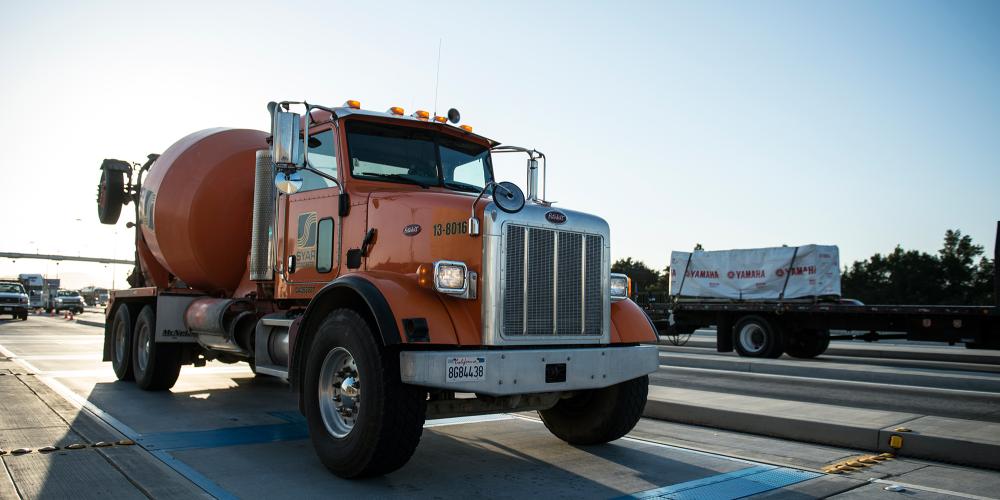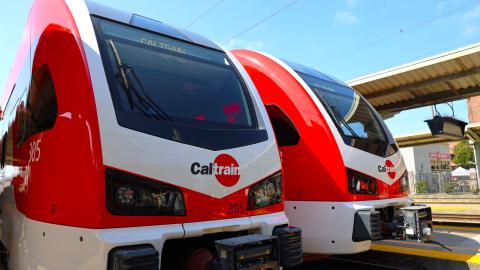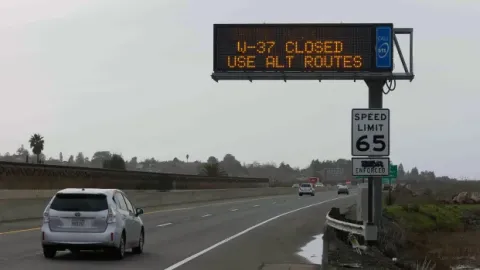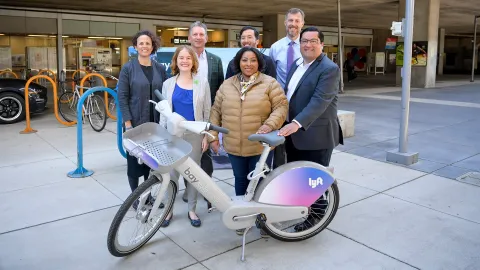
Whenever self-driving vehicles come up, the question of long-term employment effects is never far behind: What happens to the millions of people who drive for a living? Although this jumps over a lot of feasibility issues in terms of how likely autonomous and connected vehicles really are, it’s a crucial consideration. The impacts on industries and people’s livelihoods will have all kinds of implications, whether economic, political, regulatory, social or technical – and these will all have feedback effects in determining whether, when and how the driverless utopia happens.
Over at The Atlantic there’s an interesting take looking at the trucking industry, suggesting that self-driving trucks could actually be good for truckers, as opposed to resulting in technological unemployment on a massive scale:
“We’ve been disappointed over the last year to see a lot of stories about how self-driving trucks are going to be this huge problem for truck drivers,” says Alden Woodrow, the product lead for self-driving trucks at Uber. “That’s not at all what we think the outcome is going to be.”
For one, Uber does not believe that self-driving trucks will be doing “dock to dock” runs for a very long time. They see a future in which self-driving trucks drive highway miles between what they call transfer hubs, where human drivers will take over for the last miles through complex urban and industrial terrain.
For that reason, Woodrow says that he saw their version of self-driving trucks as complementing humans, not replacing them. To make their case, Uber created a model of the industry’s labor market based on Bureau of Labor Statistics data. Then, they created scenarios that looked at a range of self-driving-truck adoption rates and how often those autonomous trucks would be on the road in comparison to human-driven vehicles.
Their numbers for autonomous-truck adoption are intentionally very aggressive, Woodrow says, corresponding to 25, 50, and 70 percent of today’s trucks being self-driven. These do not reflect an Uber prediction that between 500,000 and 1.5 million self-driving trucks will be on the road by 2028, but rather they allow the model to show the dynamics in the labor market that might result from widespread adoption. “Imagine that self-driving trucks are incredibly successful and impactful,” he says. “What would that mean?”
The other set of numbers in the model—the utilization rate of the self-driving trucks—is the component that leads Uber to a different analysis of the effect that these vehicles will have on truckers. Basically, if the self-driving trucks are used far more efficiently, it would drive down the cost of freight, which would stimulate demand, leading to more business. And, if more freight is out on the roads, and humans are required to run it around local areas, then there will be a greater, not lesser, need for truck drivers.
Source: Uber Advanced Technologies Group
A commentator at Marginal Revolution offers a further note of caution on how much of the work can truly be automated:
One of the big failings of high-level analyses of future trends is that in general they either ignore or seriously underestimate the complexity of the job at a detailed level. Lots of jobs look simple or rote from a think tank or government office, but turn out to be quite complex when you dive into the details.
For example, truck drivers don’t just drive trucks. They also secure loads, including determining what to load first and last and how to tie it all down securely. They act as agents for the [trucking] company. They verify that what they are picking up is what is on the manifest. They are the early warning system for vehicle maintenance. They deal with the government and others at weighing stations. When sleeping in the cab, they act as security for the load. If the vehicle breaks down, they set up road flares and contact authorities. If the vehicle doesn’t handle correctly, the driver has to stop and analyze what’s wrong – blown tire, shifting load, whatever.
In addition, many truckers are sole proprietors who own their own trucks. This means they also do all the bookwork, preventative maintenance, taxes, etc. These people have local knowledge that is not easily transferable. They know the quirks of the routes, they have relationships with customers, they learn how best to navigate through certain areas, they understand how to optimize by splitting loads or arranging for return loads at their destination, etc. They also learn which customers pay promptly, which ones provide their loads in a way that’s easy to get on the truck, which ones generally have their paperwork in order, etc. Loading docks are not all equal. Some are very ad-hoc and require serious judgement to be able to [maneuver] large trucks around them. Never underestimate the importance of local knowledge.
Stay tuned for new information over the next week or so, as MTC and ABAG unveil an exciting new initiative that will be wrestling with just these kinds of questions about the potential "Futures" ahead of us...



Submit your comment
In order to receive a reply to your comment, please provide an email address.